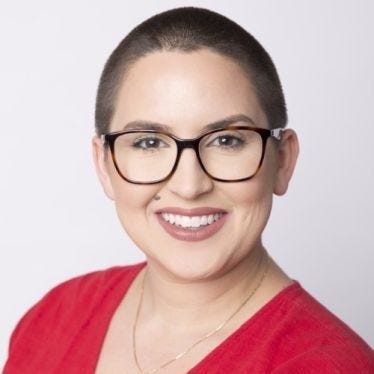CPG develops ‘innovation brokerage’ to scale up regenerative ag impact
Snacktivist, the company behind Snacktivist Foods, is launching a community platform designed to fuel connections that will drive the impact of regenerative food systems.

At a Glance
- Snacktivist Nation, described as an "innovation brokerage," streamlines interactions in the food supply chain.
- Joni Kindwall-Moore launched Snacktivist Foods in 2015 with a focus on regenerative agriculture.
- Snacktivist Nation aims to scale up regenerative food systems and currently encompasses about 50,000 acres.
Snacktivist Nation is designed to facilitate connections between the various players in the supply chain, from farm to consumer. Dubbed an “innovation brokerage” by Joni Kindwall-Moore, founder of Snacktivist, the parent company of Snacktivist Nation, the platform allows “innovation and commerce to happen much more efficiently,” she said.
Kindwall-Moore got started in the regenerative agriculture movement in 2015, when she, along with her husband, launched Snacktivist Foods, a CPG brand with a big-picture focus on regenerative food systems.
But they didn't know it at the time, she said.
“That word wasn't really in my vernacular when we first started,” Kindwall-Moore explained. “But as time moved forward, we found our regenerative tribe and started to realize that so much of what we were talking about with pulling in different impact points that have to do with food and agriculture really aligned with the whole regenerative movement.”
Those impact points included everything from nutrient density and integrity to soil health, climate resiliency, climate impact and rural economics.
In 2017, Snacktivist Foods launched its first products, including focaccia bread and pizza mixes, as well as standalone ancient grains such as oats, millet and sorghum. As a small brand with limited resources, the products served as proof of concept for the company’s ambitious regenerative goals.
“When we first started, we wanted to do a big picture and then we realized … we're a little tiny brand,” she said. “What can we do just to get proof of concept? We had a bunch of products that we made and people loved and decided … step one would be just putting these ancient grains into a blend and into a bag so people can buy them.”

Snacktivist continues to sell CPG branded products, but the company has “evolved dramatically” since its inception, Kindwall-Moore said.
“It's really tough to scale a CPG brand fast enough to move the needle at the farm level,” she explained. “I realized we needed to radically change our business model so that we could unlock the market and allow regenerative commodities to flow into well-established CPG players and food service entities so that we can really start to unlock the regeneration of our food system at scale.”
In addition to its CPG products, Snacktivist now supplies its ancient grains — what Kindwall-Moore calls “opportunity crops” — to CPG brands.
Opportunity crops like ancient grains “have tremendous value at the farm level,” she explained.
“Most of them are very hardy crops and farmers want to grow them.” The opportunity crops Snacktivist focuses on are sorghum, millet and teff.
The launch of Snacktivist Nation will further accelerate Snacktivist’s goal of scaling regenerative food systems.
“The bulk of our focus is now on moving bigger pieces of the puzzle through trade and brokering deals at scale and then bringing together networks,” per Kindwall-Moore.
Snacktivist Nation is a community of regenerative and organic farmers and ranchers, as well as farmers who grow opportunity crops. Dubbed an “innovation brokerage” by Kindwall-Moore, the company will help create strategies for these ingredients to get from field to market.
Kindwall-Moore said Snacktivist Nation is actively building its farmer network, which currently comprises around 50,000 acres of farmland that incorporate varying degrees of regenerative management. She plans to fully launch the company by the end of 2024, following the execution of initial pilot projects with “notable purchasing entities.”
“We started out more on the CPG end … but we've really drifted into the middle value chain piece, which is where everything comes to life in the food system,” Kindwall-Moore said. “It's very hard to build any sort of meaningful, long-lasting change in a food system without addressing that middle piece.”
About the Author
You May Also Like

